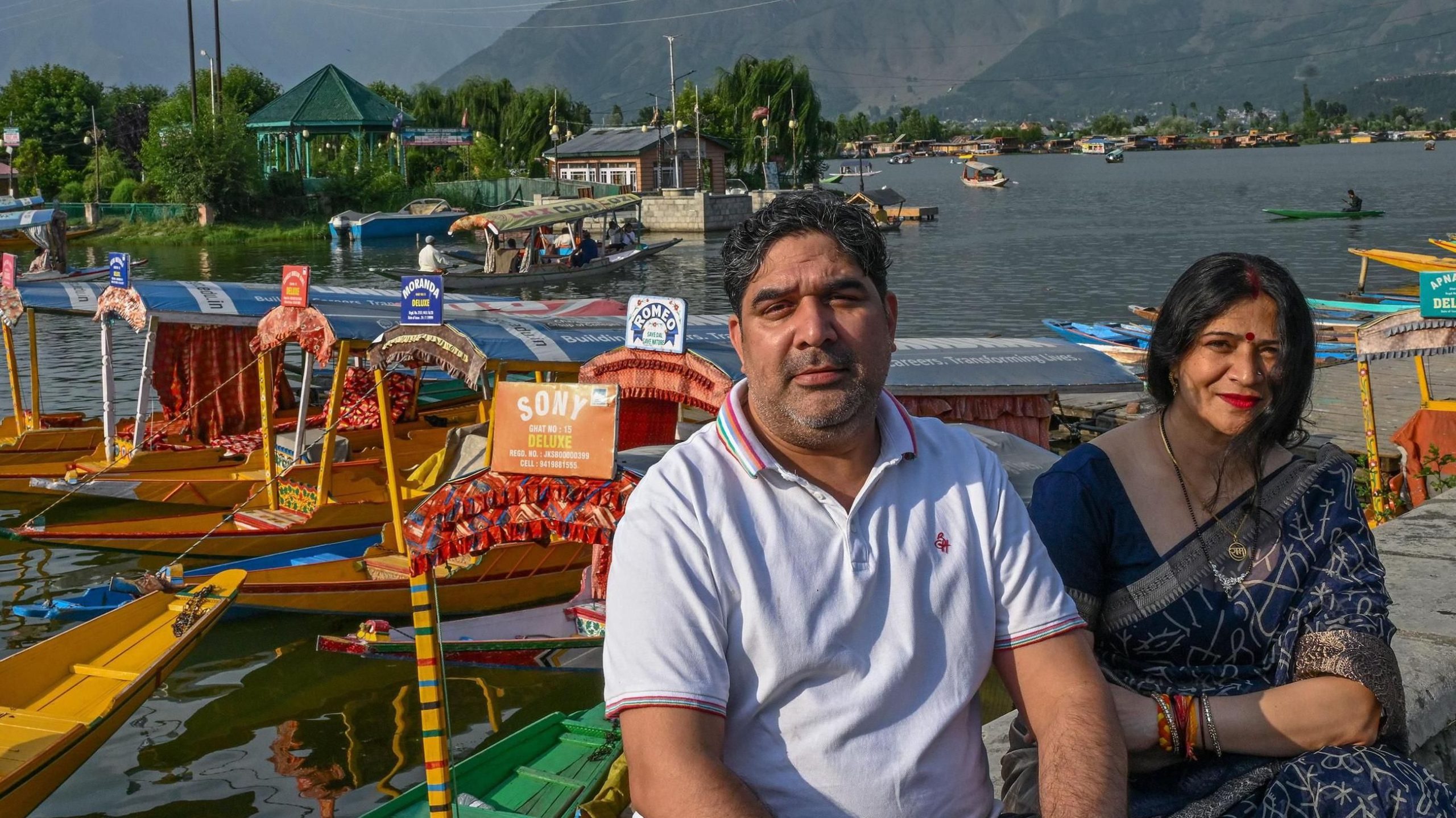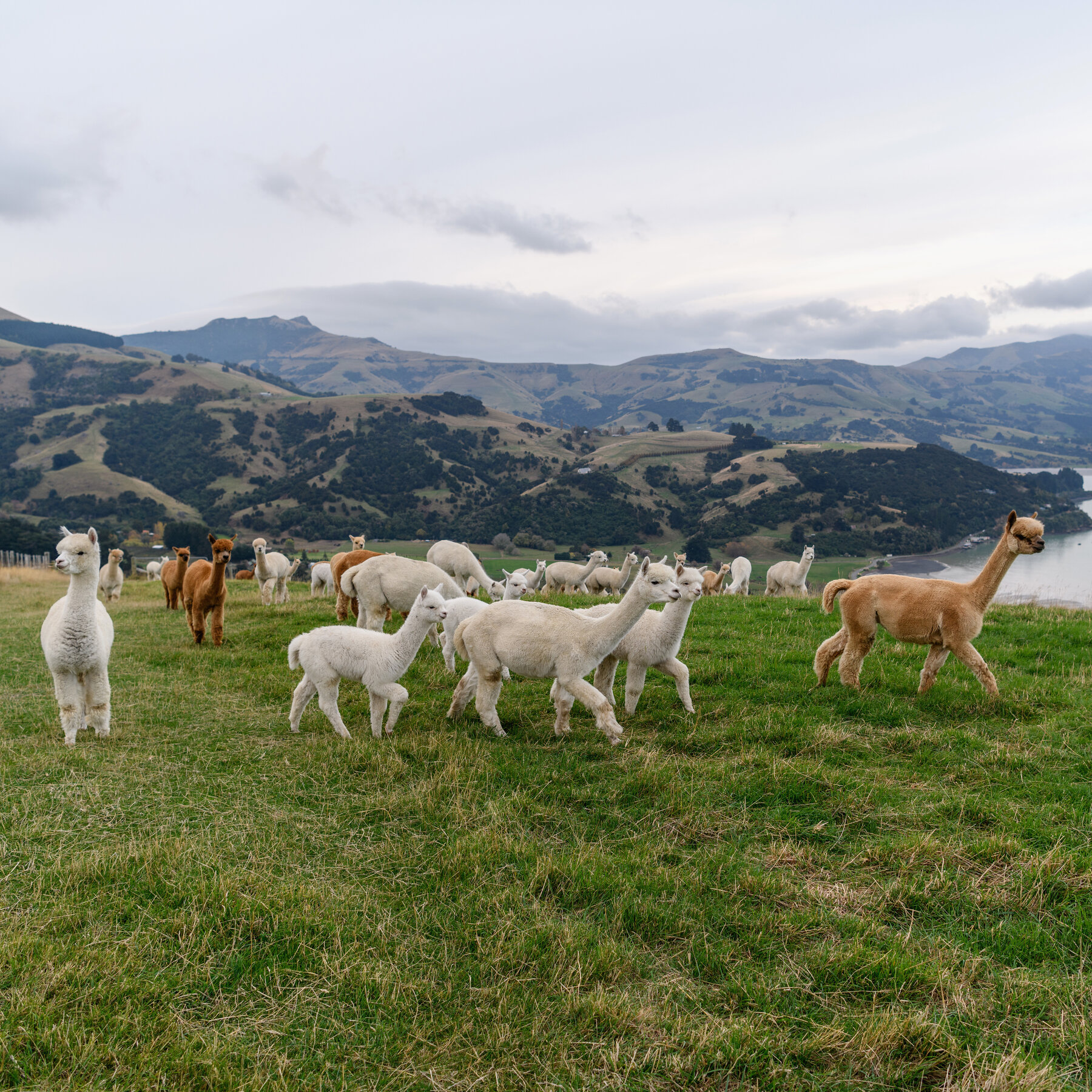The Influence of Travel Duration on the Tourist’s Cultural Experience

Understanding Travel Duration and Its Impact on Cultural Engagement
When planning a trip, many factors come into consideration. Among them, the duration of travel rises to the forefront as a pivotal element that shapes the tourist’s overall experience. The length of stay not only dictates the number of sights one can see but significantly influences how deeply one can interact with, and understand, a destination’s culture.
Several dimensions of travel duration warrant attention:
- Short Trips: Often constrained by time, short trips typically lead tourists to prioritize major attractions. For instance, a traveler spending only a couple of days in Washington D.C. might only visit iconic sites like the White House and the Smithsonian Institution without experiencing the local neighborhoods that are rich in history and culture.
- Extended Stays: With more time on hand, travelers can immerse themselves in a destination. A two-week trip to Italy could allow for leisurely explorations of local markets, participation in cooking classes, and visits to lesser-known sites like small towns or vineyards that tell the authentic story of the region.
- Cultural Events: Extended visits can also create opportunities to coincide with vibrant local festivals or traditions that enhance the travel experience. For example, attending the renowned Mardi Gras in New Orleans during an extended stay allows travelers to both witness and participate in the rich traditions and communal celebrations, deepening their understanding of the culture.
The disparities in travel duration become evident when assessing how visitors engage culturally. For instance, a person spending a week in New Orleans has the chance to delve into the city’s rich musical heritage, potentially experiencing live jazz sessions at local bars and tasting unique dishes like gumbo or beignets at their source. In contrast, a weekend visitor might hurriedly fumble through a quick visit to Bourbon Street without grasping the subtleties of the city’s vibrant arts scene.
Moreover, the length of stay profoundly impacts the growth of relationships with locals. Building rapport with residents can lead to unique adventures that transcend typical tourist itineraries. For example, travelers with longer stays often have the chance to participate in community events, such as farmers’ markets or cultural workshops, fostering genuine friendships and unforgettable memories.
Understanding the intricate correlation between travel duration and cultural experiences can empower tourists to make informed choices about their itineraries. This investigation not only elevates personal travel experiences but also contributes to a more profound understanding of diverse cultures around the globe, ultimately enriching the travel journey.

DISCOVER MORE: Click here to delve deeper
The Connection Between Time on the Ground and Cultural Discovery
The duration of travel plays a crucial role in determining not only what tourists can see but also how deeply they can engage with the local culture. Time constraints often lead to rushed itineraries that prioritize landmark attractions, effectively sidelining the subtleties of local life. In contrast, longer trips present the opportunity for immersive experiences that can transform a tourist’s understanding of a destination.
Short-term travelers tend to adopt a checklist approach, aiming to capture the most recognizable elements of a destination. This approach is typically illustrated by the whirlwind tours that characterize a two-day visit to a city like New York. In such a brief window, visitors may feel compelled to tick off iconic sites such as Times Square, the Statue of Liberty, and Central Park. However, this fast-paced itinerary can obscure the deeper cultural contexts of these places. For example, a traveler might miss the intricacies of New York’s unique neighborhood dynamics, from the street art of Bushwick to the culinary delights of Arthur Avenue in the Bronx.
In contrast, extended travel durations allow for a different level of engagement. A month-long stay in Japan, for instance, can facilitate interactions that reveal local customs and traditions. Imagine attending a traditional tea ceremony in Kyoto or taking part in a local matsuri (festival) in a rural village, experiences that impart valuable cultural insights not found in guidebooks. The slow pace of travel during longer stays fosters deeper connections with both the place and its people, enriching the overall travel experience.
Moreover, time spent in a destination allows for spontaneous interactions that often lead to unique cultural experiences. Travelers can stumble upon a street performance, engage in conversation with local artisans, or discover hidden gems that might not make it onto typical tourist maps. For instance, locals might invite travelers to join in on community events like a cook-off, providing meaningful interactions that yield a wealth of knowledge about regional cuisine and customs.
The juxtaposition of short versus long trips reveals an essential dichotomy in travel experiences. Tourists seeking authentic cultural engagement stand to benefit enormously from an extended stay that affords the opportunity to explore beyond surface-level attractions and delve into the heart of a community. This depth of experience not only enhances personal reflection but also fosters a broader appreciation of the world’s rich tapestry of cultures.
Understanding how travel duration influences cultural experiences becomes imperative for those looking to maximize their journeys. By considering the time they allocate for travel, tourists can not only captivate their senses but also nurture a profound connection with the places they visit. As travelers weigh the advantages of a leisurely exploration versus a rushed visit, they inherently reflect on the quality of cultural engagement they desire from their journeys.
The Importance of Travel Duration in Cultural Immersion
Travel duration significantly impacts a tourist’s ability to engage with and understand the local culture. By allocating more time to a destination, travelers can delve deeper into various aspects of cultural experiences. This includes gastronomic exploration, historical site visits, and interpersonal interactions with local residents. A longer stay offers tourists the opportunity to savor local cuisines, attend traditional festivals, and participate in workshops, making their journey not just a series of activities, but an immersive cultural experience.Moreover, research indicates that tourists who spend extended durations in a destination develop a greater sense of connection to the local way of life. This emotional bond encourages a more respectful and fulfilling interaction with the host culture. Such depth of experience not only enriches one’s travel experience but also fosters sustainable tourism practices, as engaged travelers are more likely to respect and support local traditions, artisans, and environments.
Benefits of Extended Travel Duration
Below is a table that outlines some key advantages of longer travel durations and how they can enhance a tourist’s cultural experience:
| Category | Key Features |
|---|---|
| Cultural Depth | Extended travel allows immersion in local traditions, languages, and customs. |
| Gastronomic Experiences | Longer stays provide opportunities to explore regional cuisines and cooking classes. |
| Community Engagement | Increased interaction with locals fosters connections and understanding. |
| Sustainable Tourism | Longer trips promote respect for local culture and sustainable practices. |
Travel enthusiasts seeking a richer cultural expedition will find that their experiences are vastly enhanced by extending their travel duration. By investing time in exploration, they cultivate unforgettable memories and deeper insights into the destinations they visit.
DISCOVER MORE: Click here to learn how to incorporate sustainable practices
The Impact of Travel Duration on Cultural Integration
The way in which travel duration affects tourists extends beyond mere itinerary planning; it shapes the very fabric of cultural integration. With short stays often dictated by fixed schedules, tourists may inadvertently create barriers to comprehending the nuances that define a culture. Within just a few days, travelers can become entrenched in a cycle of visiting popular attractions, effectively isolating themselves from authentic interactions that could foster a deeper understanding of local life.
The nature of travel duration profoundly influences a tourist’s ability to immerse themselves in local customs and practices. A brief visit to cities like Atlanta may include stops at the Martin Luther King Jr. National Historical Park and the Georgia Aquarium, but how much can be gleaned about Southern hospitality or local musical traditions in such a limited time frame? To truly appreciate the essence of a place, tourists must allow themselves the time to interact with residents, sample regional dishes, and participate in community gatherings.
Longer travel periods provide the chance to engage in activities that go beyond standard tourist experiences. For instance, a traveler spending two weeks in Mexico could participate in a local cooking class, learning to make tamales from a family recipe handed down through generations, or perhaps volunteer at a community project. Such experiences foster not only appreciation but also a sense of connection to the people and their heritage, transforming the visitor into a participant rather than a mere observer.
Research by the United Nations World Tourism Organization highlights that travelers engaging in cultural tourism are increasingly seeking experiences that deepen their understanding of host communities. A longer stay allows tourists to branch out from standard attractions, seeking out local art exhibitions, attending theater performances, or exploring off-the-beaten-path neighborhoods. These activities open windows to the complexities of a culture, allowing visitors to encounter diverse perspectives and lifestyles.
Additionally, the social dynamics of travel duration cannot be overlooked. Tourists with more extended stays are often perceived differently by locals, sometimes being seen as less transient and more invested in the culture. Residents may be more inclined to share stories or recommend local experiences to those who seem committed to understanding their way of life. This engagement often leads to richer exchanges that help travelers cultivate meaningful relationships and learn shared histories, pivotal elements often absent from the hurried experiences of short-term tourists.
- Networking Opportunities: Extended trips allow tourists to connect with local communities, professionals, and fellow travelers who can guide them toward immersive experiences.
- Learning through Observation: Observing daily life over longer periods enables tourists to grasp cultural routines and rituals, such as market days, family gatherings, or religious ceremonies.
- Participatory Experiences: The longer time frame encourages active participation in cultural traditions, enhancing appreciation for culinary practices, art forms, and local etiquette.
Further studies reveal that tourists who prioritize prolonged stays often leave behind a transformed perspective, cultivating an enduring respect for the complexities of the world rather than a superficial understanding. The experience also generates a ripple effect, encouraging a more responsible and mindful approach to travel in which future journeys are approached with the same desire for depth and engagement.
In a consumer culture where instant gratification often reigns, understanding the importance of travel duration as a key factor in cultural exploration becomes vital. Travelers are encouraged to look beyond brief snapshots and consider the richness that lies in allowing time for contemplation, connection, and cultural integration. The desire for authentic experiences can benefit from this valuable insight into how duration shapes the travel narrative and enhances cultural appreciation.
DISCOVER MORE: Click here to enhance your travel planning
Conclusion
The exploration of how travel duration influences a tourist’s cultural experience reveals profound implications for both travelers and host communities. Short visits, often characterized by a checklist mentality, can limit meaningful interactions and understanding of local cultures. In contrast, extended stays promote a deeper engagement with communities, fostering genuine relationships and comprehensive learning experiences. This shift from observer to participant can transform the travel narrative, allowing tourists to appreciate not just what is seen, but the stories and histories behind each cultural facet.
As travelers increasingly yearn for authenticity, understanding the dynamics of time spent in a destination becomes essential. The opportunity to engage in local customs, attend community events, and form connections elevates the travel experience from mere sightseeing to a transformative journey of cultural integration. With longer visits, tourists are not just passive recipients of experiences; they become active contributors to local stories and traditions, enriching both their lives and those of the communities they explore.
Ultimately, recognizing the importance of travel duration is vital for cultivating a more immersive and responsible approach to tourism. As adventurers seek deeper cultural insights, they can shape the future of travel into one characterized by empathy, understanding, and respect. In our increasingly interconnected world, it is the duration of our journeys, rather than their speed, that can bridge divides and foster appreciation for the rich tapestry of human culture. Embracing longer travel periods can lead to a more meaningful exploration of our planet’s diverse cultures, inviting endless possibilities for growth and exchange.


